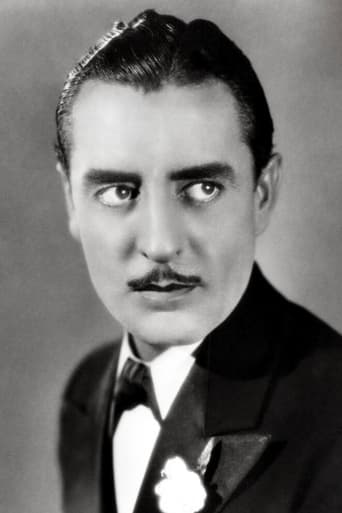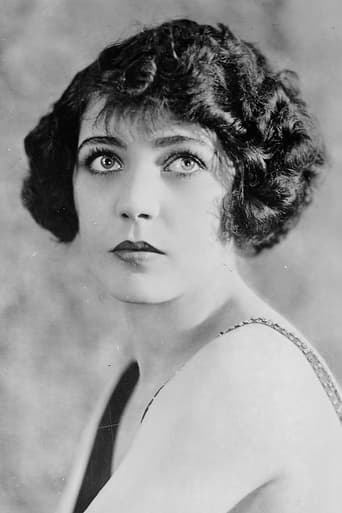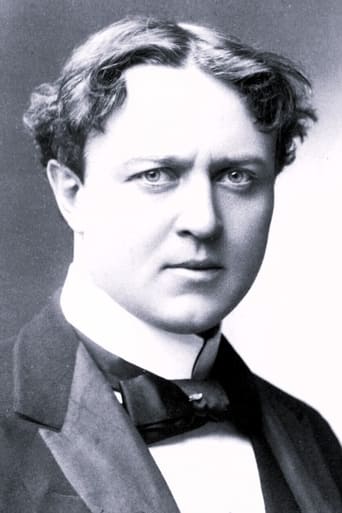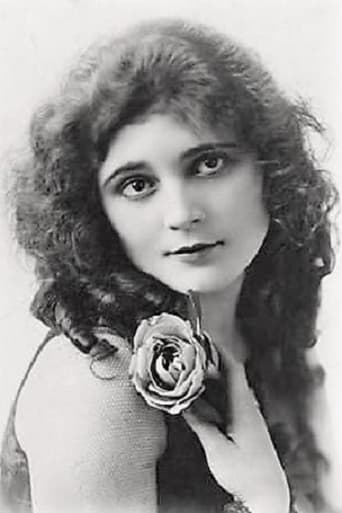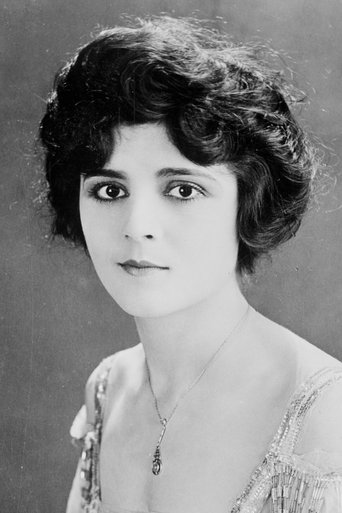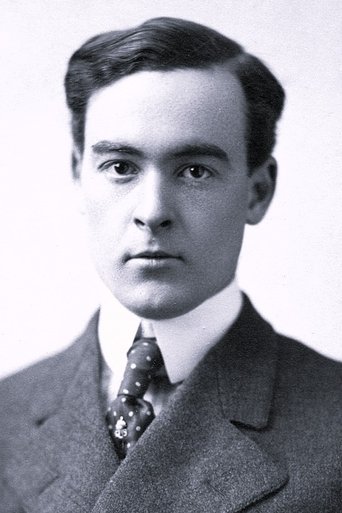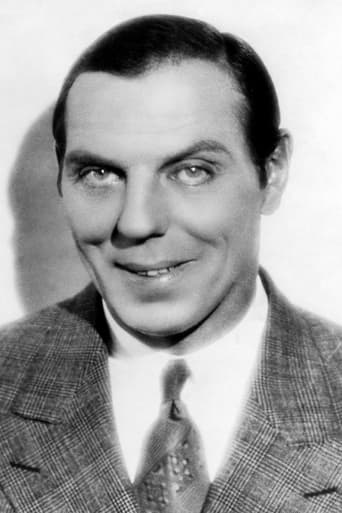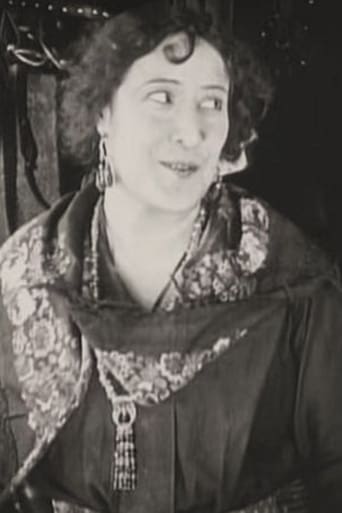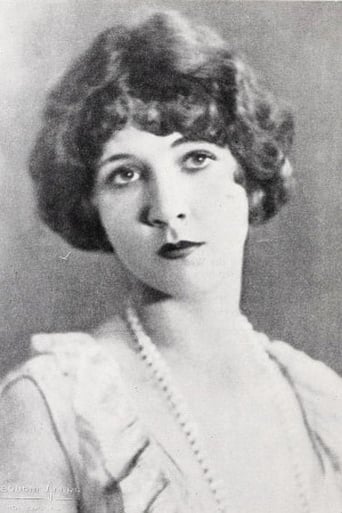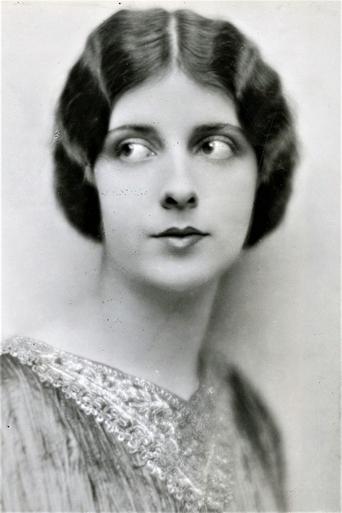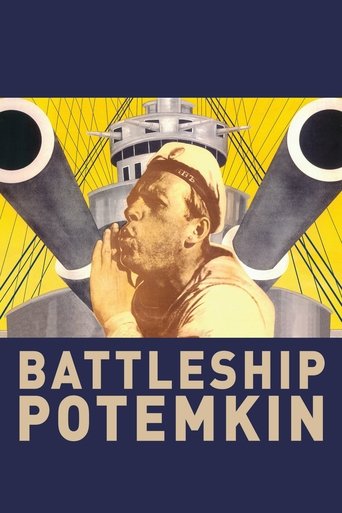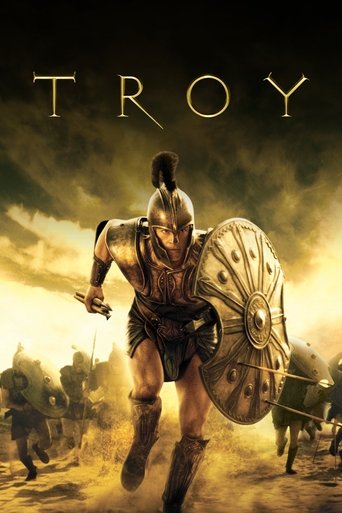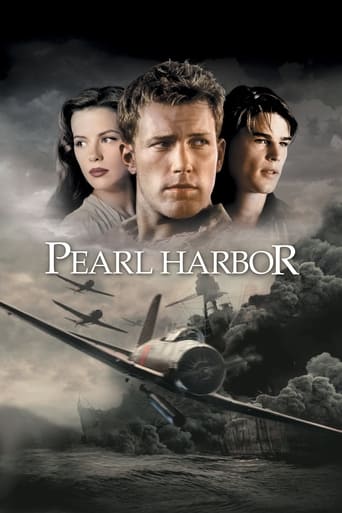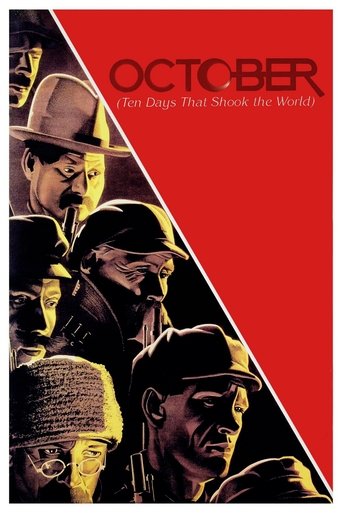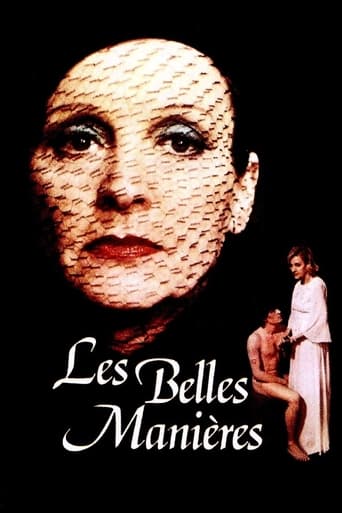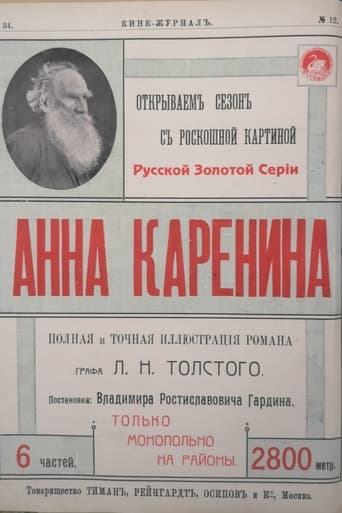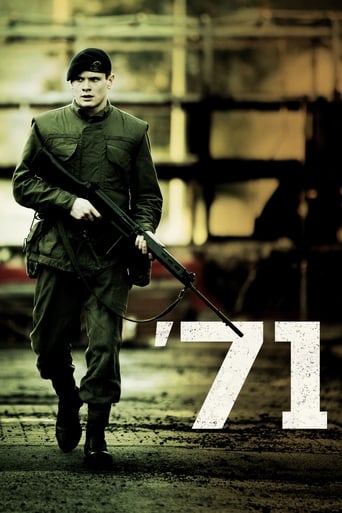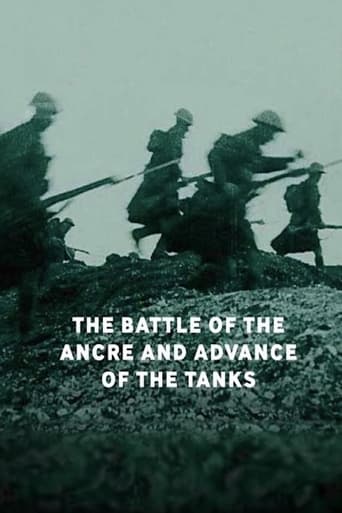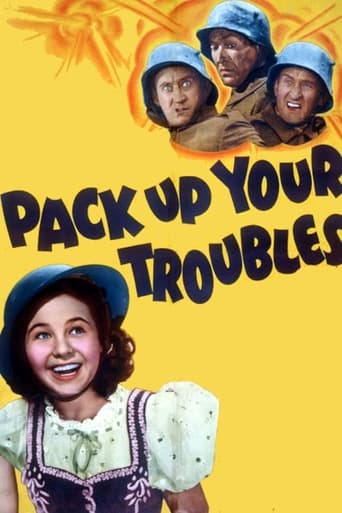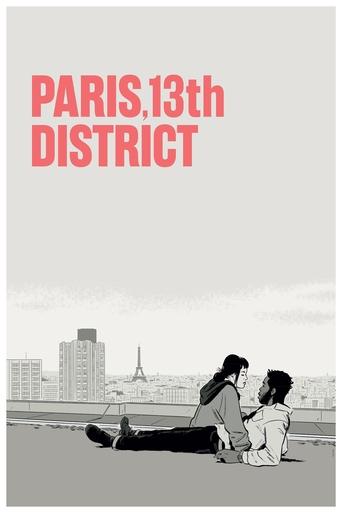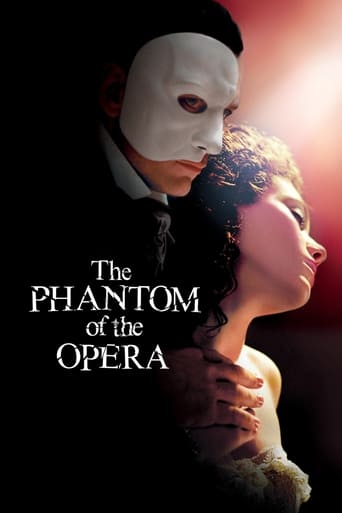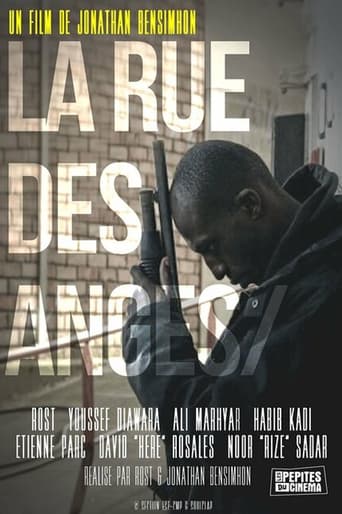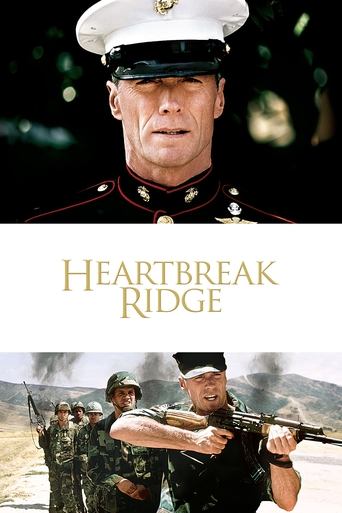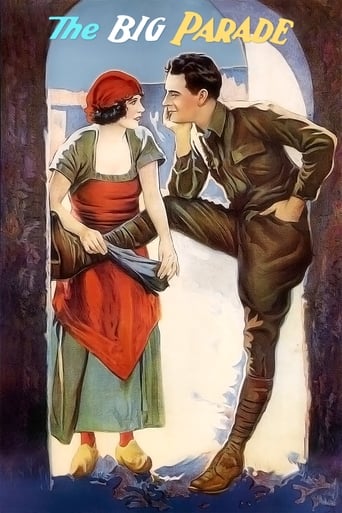
The Big Parade (1925)
The story of an idle rich boy who joins the US Army's Rainbow Division and is sent to France to fight in World War I, becomes friends with two working class men, experiences the horrors of trench warfare, and finds love with a French girl.
- King Vidor
- Harry Behn
- Joseph Farnham
Rating: 7.568/10 by 110 users
Alternative Title:
La grande parata - IT
빅 퍼레이드 - KR
El gran desfile - ES
Country:
United States of America
Language:
No Language
Runtime: 02 hour 31 minutes
Budget: $382,000
Revenue: $20,000,000
Plot Keyword: france, world war i, patriotism, battlefield, combat, silent film, french girl, spitting, 1910s, american g.i., war buddies
Recently in approaching the milestone of seeing my 5,000th film (at least by my IMDb list of my shoddy recollections), I wanted to make it a very special film, so it was between the blus of this and 'The Treasure of the Sierra Madre'. That was a very special work too, but in retrospect, I felt this was an even finer film. I haven't seen much of Vidor's work (only 'The Champ', 'Hallelujah' and 'The Fountainhead'--all of which I greatly admired), but I knew he was a great American director to be reckoned with, for any cinephile worth his salt. Plus, I had always been intrigued by the then-sex symbol status of ill-starred John Gilbert (especially since my favourite actress ever, Great Garbo, was so enraptured by him). This was remarkable. I was astounded by how Vidor (who said beforehand he wanted to finally make a film that wouldn't simply be gone from theatres in a week, but would play on for years, and that he would put forth a much greater effort if that could be the case, especially if either about steel, wheat or war) mixed elements, emotions and atmosphere so expertly. Even though it was a first-watch, since it was a silent film I thought it would be all right to throw on the Jeffrey Vance commentary, which contained four interview snippets from Vidor, late in his life in the 1970's. It was a wonderful cinephilic experience, and the book that enclosed the blu ray release was even more telling, with tons of pictures and essays about the American landmark of silent cinema.

